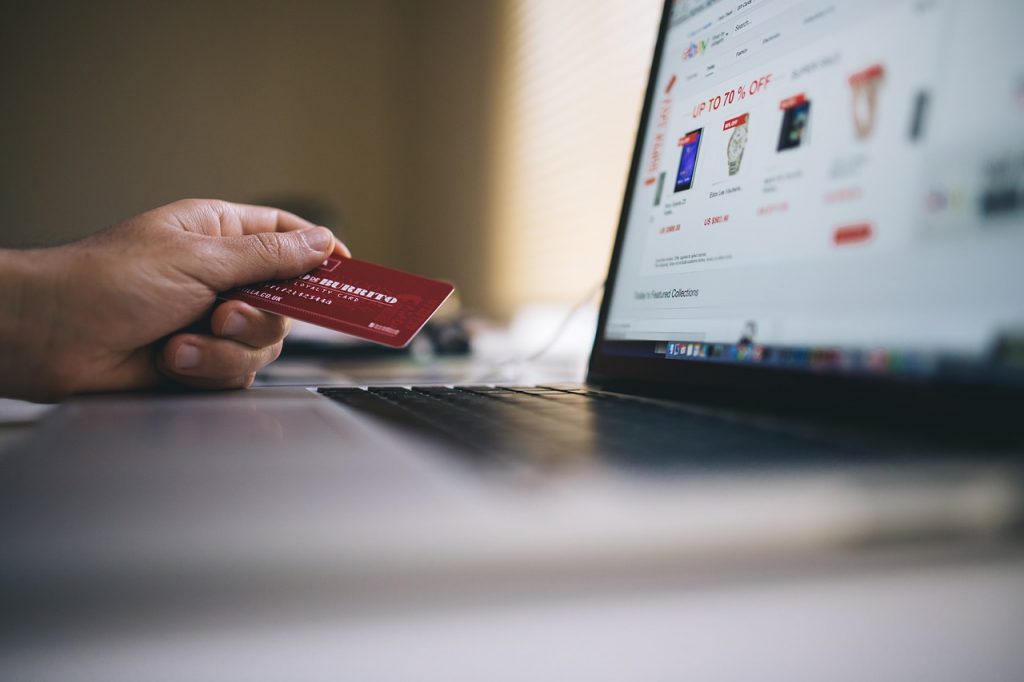
10 ways to use psychology in your marketing
I love the show Frasier and while I’m in no way qualified to be a therapist, I do believe in using psychology and the principles of persuasion in marketing and copywriting.
There have been many studies done on how to persuade people and influence their buying behaviors and there are some unique takeaways that can be applied to marketing, across email, social, and website content.
I think psychology and how it can be applied to the business world is simply fascinating and is a subject I thoroughly enjoy – and I hope you do too!
I’m going to talk about 10 ways you can apply some awesome psychology tricks to your marketing efforts, without hurting or turning your customers away from your product or service.
10 marketing psychology strategies to influence customers

1. Start small
Also known as the foot-in-the-door technique by Freedman and Fraser, this strategy says that you need to start small with what you’re asking of your customers or potential customers. We see this every day with landing pages asking for email addresses. That’s starting small.
Once they’ve opened the door to your marketing, then you can start with bigger asks, like sharing a piece of content, requesting a demo, or even making a purchase.
Not all customers are ready to buy as soon as they land on your website, so start small and ease them into your brand before asking them to buy some stuff from you.
2. Reciprocity
If someone does something nice for you, you want to do something nice for them. It’s as simple as that.
Fun story, a psychologist ran a study on waitstaff and found that servers who presented the check with a mint got an extra 3.3% on their tip, and when they gave two mints it jumped to 20% more.
We like it when people do nice things for us and we’ll reciprocate. The same goes for marketing.
Influencer marketing is huge on reciprocity, but you can start small by simply building relationships with influencers and other industry professionals in your network. Share others’ quality content and give it a boost and more often than not, they’ll do the same for you.
You can also build this reciprocity with your actual customers by sharing their reviews, photos, or quotes through retweeting or regramming. They’ll feel honored their content got shared and will be more likely to share content about your brand again in the future.
3. Social proof
We like to fit in, we like to feel like we’re part of a group and in on everything we should be, which is how social proof can have big effects on your marketing. The desire to conform and have what everyone else has can be a good motivator for people to use your brand.
Display customer testimonials, link to review sites, and share real-world examples of people using your product or service and others will want in on it too.
We trust the words of our fellow peers more than what’s on the brand’s website, so make it easy for people to see how much others like your brand by linking to your Google My Business page, Facebook, or TripAdvisor so they can see how happy others are, and then want to be as happy as them with your product in their life.
4. Scarcity
Similar to how we want to fit in, we don’t want to be the ones without. I can’t count the number of times I’ve bought something or felt compelled to simply because the website was taunting me by saying there were only five of them left!
This is especially prevalent in the travel industry where airlines tell you how many seats are left at that price or that a hotel only has one of that room type left – so you better book now!
You can apply scarcity with words like: limited supply, limited time offer, only 10 passes left, only available weekends, sells out fast, etc.
5. Decoy
I subscribe to a few magazines as I like having something to flip through by the pool and when I subscribed I noticed many magazines using decoys. A decoy is when a brand offers you three options, but two are essentially the same.
When I signed up for my magazines, I’d see a print-only for let’s say $20, online-only for $10, or print and online for $20. Of course I want the best deal, so I’m going with the print and online for the same price as print alone!
If you want customers to pick a certain tier or level, offer three options with one of them being a kind of bad choice to make your best option for sales their best option too.
6. Anchoring
90% of my closet comes from Express and I wish that was an exaggeration. I know Express prices like the back of my hand, so when they use anchoring I’m hooked.
Anchoring requires people to know certain things about your brand, like pricing, so when you make a change it incites action.
When Express sends me an email saying jeans are only $39.95, I know that’s a good deal as I know what their normal pricing is – I have an anchor or benchmark to compare it to.
You can still use anchoring for unfamiliar customers by using strikethrough pricing to highlight the difference or savings.
7. Compete fairly
Have you ever seen marketing campaigns where companies bash their competition or toot their own horns a little too much so it feels fake? Yeah, and I bet you hated it.
I have and it drives me insane. You shouldn’t have to resort to playground-style antics to show your product or service is better.
Build trust with your potential customers by treating the competition fairly, but subtly pointing out where your service is better, more affordable, more customizable, what have you, as well as admit your own flaws.
Companies that can admit and own their shortcomings are viewed as much more trustworthy than companies who refuse to say they have any problems.
8. Exclusivity
Like I noted in the scarcity point, we don’t want to be the ones without and sometimes we like to be the only ones with. Exclusivity makes people feel special and more loyal to brands, there’s a reason so many retailing companies offer loyalty rewards in a tiered system.
I’ve gotten the emails that tell me I’m only so many points away from VIP or Gold or Champion status, whatever terminology they use, and I immediately evaluate the rewards and exclusivity of the next tier.
I already mentioned my Express addiction and that got me on their A-List, meaning I get exclusive offers, better discounts, and early access to sales and such. I spend my minimum to keep this level of exclusivity, and I’m definitely not the only one.
Make customers feel rewarded for being loyal to your brand by offering exclusive sales, content, what have you that keeps them hooked.
9. Clustering
When I put together my grocery shopping list, I actually organize it by how I make my way through the store. I start with my produce, then breads or pastas, sauces, meats, coffee, milk, and frozen items. This is clustering or grouping similar things together.
We see this on Amazon with related items or even on blogs with related content. We like having everything grouped together so that it all makes sense and related to what we were looking for in the first place.
Cluster topics or products on your website together to make it easy for customers to find what they’re looking for.
10. Loss aversion
We all know about using FOMO in content and social media marketing, and loss aversion is similar. Once we have something, we do not want to lose it.
For marketing, loss aversion could be applied to subscription level services. Say your business has three levels of services or features. A certain feature may be going away from lower level subscriptions but still available in higher levels.
Loss aversion would help your customers stick with a higher level subscription because they do not want to miss out on that feature.
These are just some ways to apply psych tricks to your marketing efforts and you’ll have to refine as you go and see what your customers react to. Test out different strategies with upcoming sales or promotions and see how these tiny influences can make a difference in your business.




